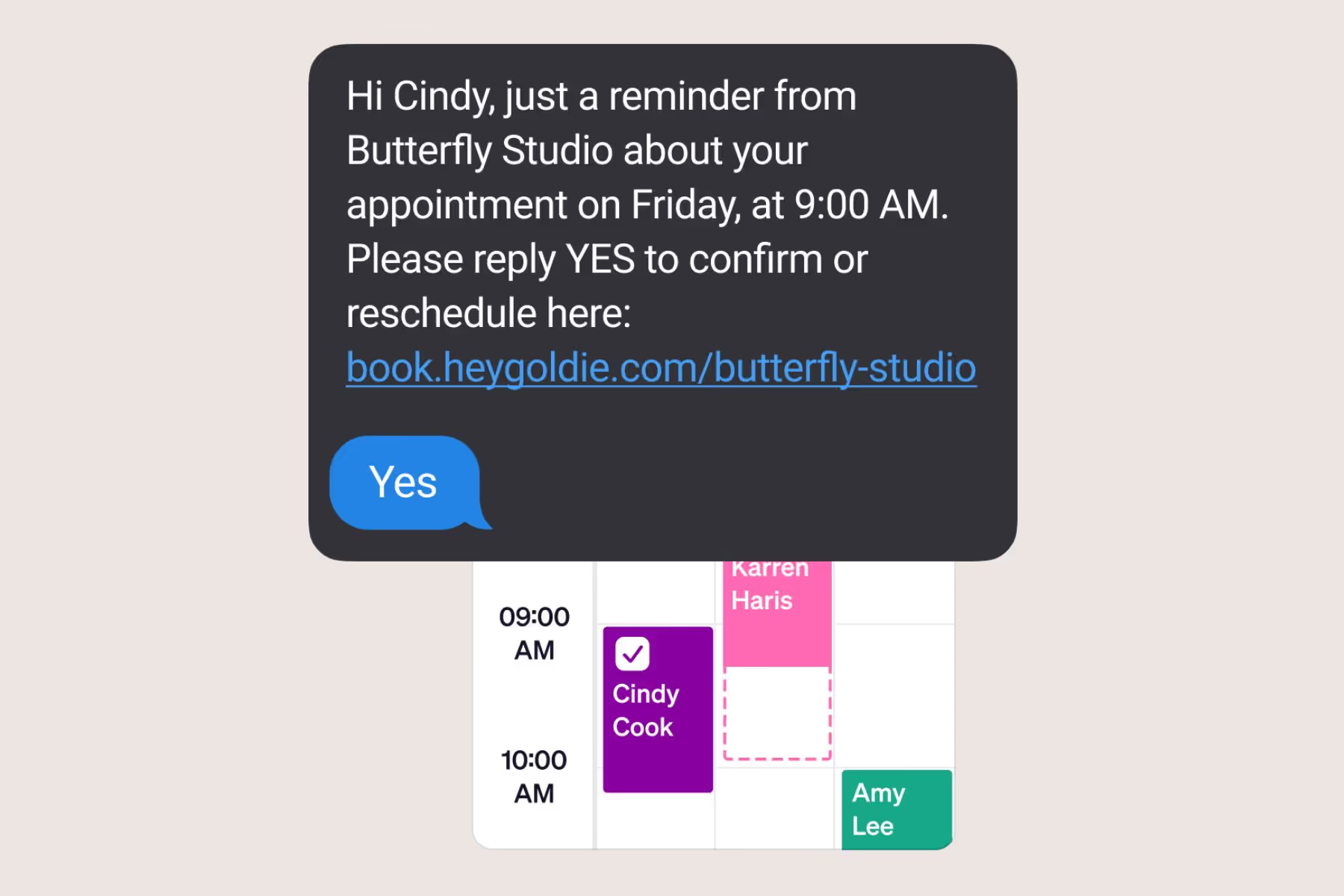
Whether you are an experienced therapist with an established practice or you're just starting in private practice, it's crucial to have a consistent stream of clients in order to maintain a successful business. With so many therapists out there, it can be difficult to stand out of the crowd and attract more therapy clients.
I have been a therapist myself for over seven years, and let me tell you that I know what a lighter caseload feels like. On the one hand, it gives you some free time, but on the other hand, it has financial implications for your private practice.
Though more people than ever before are seeking mental health support, the pandemic saw a 25 percent increase in anxiety and depression rates around the world. With the current socioeconomic situation, more people are in need of mental health support. So, there's no better time to implement therapy marketing and ensure people in need know exactly how to access your services.
Let's dive in!
First things first, making it easy for clients to book a therapy session is essential for attracting more clients to your practice. The more convenient it is for the client to book and continue therapy, the better for both of you.
The typical approach to scheduling appointments involves multiple stages.
However, what if you are unavailable or engaged on another call? In such cases, customers have to leave a message and hope they don't miss your callback. This leads to additional steps, increasing the friction in the process, which can be frustrating for customers and often causes them to abandon the effort.
So how to reduce the friction and make it more convenient for the clients?

When it comes to improving clients' convenience, let them book a therapy session online. Many people prefer to book appointments online rather than by calling. Online booking not only saves time but also gives clients the flexibility to book appointments at their convenience. All they have to do is open your online booking page linked to your web page or social media and choose from the available times.
Four or more steps, reduced to two. 🙌

Despite having a confirmed appointment, there are still several factors that could potentially turn into a no-show. They may double-book, save the wrong date, or even forget altogether.
However, no-shows can cause frustration for both the client and the therapist.
Sending appointment reminders 24 hours before the client's scheduled appointment is an effective way to reduce no-shows and increase client retention.
By sending appointment reminders, you show your clients that you value their time and commitment to therapy.
Client management is an essential aspect of running a successful therapy practice. Having access to your clients' notes and details from any device is gold. Gone are the days when you'd have to carry all your clients' files with you and make sure you don't forget them somewhere.
Client management tool allows you to save useful information about your clients, such as their therapy goals, previous sessions, and progress. Having this information at your fingertips can help you provide personalized therapy sessions, improve client engagement, and attract more clients to your practice.
As a former therapist, I know that when you're launching your new private practice, online marketing isn't exactly top of mind. However, an online presence is an effective way to get your first clients through the front door. Here are some ways you can build your online presence to attract more clients as a therapist:

Your website is often the first impression potential clients will have of your practice, so it's important to make it professional and informative. Make sure your website includes the following:
You shouldn't try to impress by using very sophisticated language. Try to keep your website free of jargon. Everything you post on your website should be easy to read by anyone who knows little about the mental health field. Try to use the language that your clients use to express their problems. Also, don't neglect the look and feel of your website. Keep it simple and intuitive to navigate through it, and make sure it is mobile responsive.
If you don't know where to start with building your website, try Wix. It's easy to use, and you need no technical skills to build it on your own.
Social media is a powerful tool for reaching new clients and building a private practice. Here are some tips for using social media to your advantage:
Here's a great example of how you could use social media. A young therapist educates the audience about "empty feeling," which is a common feeling among the young generation.
https://www.tiktok.com/@the.truth.doctor/video/7207645739520920878?lang=en
Online therapy sessions are becoming increasingly popular due to the pandemic, but also with the rise of remote work. Offering online therapy sessions can help you reach a broader audience and attract clients who may not be able to attend in-person sessions.
With so many platforms offering online therapy sessions, if you have a laptop with a webcam or a smartphone, there's no reason for you not to offer your services online too. It will help you get clients faster and easier, providing access to clinical support from the comfort of wherever your clients choose.
Things to consider when offering online therapy sessions:

Another great way of getting more clients into therapy is getting listed on online directories, email listservs, social media groups, and other online therapist groups.
Online directories like Psychology Today, Better Help, Good Therapy, and Complicated life can help you gain visibility and gain more clients. These directories are ranking on a Google search of mental health support, and adding your name there can help you come up in search results when someone is looking for mental health support in your particular city.
At the end of the day, the best way to get more therapy clients is to provide exceptional client service, and this goes without saying. However, here are some tips on how you can provide exceptional client service to attract more clients to your private practice:

As a trained counselor and therapist, I know that it is great to show that you have a broad range of knowledge and expertise, but you need to find your unique selling proposition. In other words, you should be clear on what type of therapy you practice and get specific about the problems you work with.
For example, instead of just telling clients you can treat anxiety, tell them that you are a cognitive behavioral therapist that helps people overcome panic attacks, phobias, insomnia, or concrete anxiety disorder, through cognitive behavioral techniques like:

Therapy rooms are the place where clients come to discuss their lives and personal problems. Therefore, it is crucial for therapists to create a comfortable and welcoming environment that helps clients relax. A welcoming therapy room can encourage trust and create an atmosphere where they feel comfortable opening up about their thoughts and emotions.
Here are some tips for creating a suitable environment for therapy:
If you’re wondering how to get more therapy clients, you must know that it requires effort, creativity, and an online presence. As more people are seeking mental health support, it is a great time to implement therapy marketing strategies and ensure that people in need know how to access your services.
Making it easy for clients to book therapy sessions is crucial, and online booking can help reduce friction and increase convenience for clients. Sending appointment reminders is also essential to reduce no-shows and increase client retention. Client management tools can help you organize clients' information and provide personalized therapy sessions.
Building an online presence through a professional website and social media can also attract more clients to your practice. The website should be informative, easy to navigate, and mobile-responsive, and the social media platforms used should be tailored to the target audience. Sharing helpful tips and information through social media can establish you as an expert in your field and help build trust with potential clients.
Overall, implementing these tips and strategies can help attract more clients to your practice and create a successful business.
